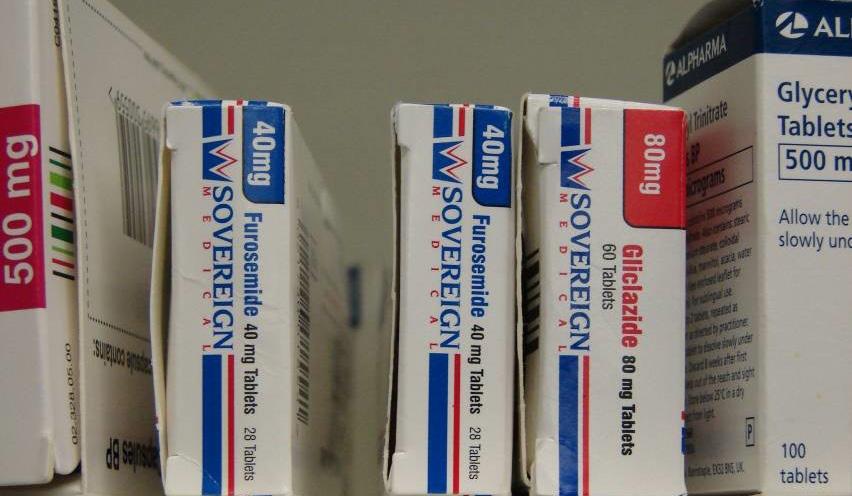
4 minute read
Hypoglycaemia Cases - Guilty or Not Guilty? Dr John Reynolds
LETTERS TO THE EDITOR
Hypoglycaemia Cases - Guilty or Not Guilty?
Advertisement
Dr John Reynolds
(St Catherine’s College, 1975) Consultant Physician and Clinical Pharmacologist, JRH Oxford
I was very interested to read Neil Snowise’s excellent account of insulin as a murder weapon in the last edition. As a physician and clinical pharmacologist I have undertaken investigations into a number of incidents of unexplained severe hypoglycaemia which have arisen in Oxford in the last 25 years, including murder and grievous bodily harm by a healthcare worker, attempted murder by a family member, suicide and attempted suicide, and most commonly drug dispensing and administration errors. Some of these involved insulin and others oral sulphonylureas.
Perhaps the most well-known case is that of the staff nurse Ben Geen who was working at the Horton emergency department (ED) in 2003-4. On February 5th 2004 a well-nourished middle aged man year was admitted to the Horton ED with abdominal pain and vomiting. The on call SHO felt he probably had gastro-enteritis and likely early alcohol withdrawal and he took some blood for investigations which included a blood glucose of 6.4mmol/l. Two hours later the man rapidly became unconscious and his glucose measured with a glucometer was 1.6mmol/l. Although he had a history of alcohol abuse there was no indication of liver failure and he had not been binge drinking, nor was he diabetic. The on call consultant wrote in the notes “it is difficult to explain the sequence of events” and during a conversation with colleagues the next day it became apparent he was not the only one with concerns about patients who had rapidly deteriorated in the ED. The consultant staff went through the notes of patients who had been admitted to ICU directly from ED in recent weeks and they identified 10 which were hard to fully explain. These involved 3 patients with unexplained hypoglycaemia, 7 with respiratory arrest, and 1 with both. Foul play was suspected and Geen was identified as the only staff member who was on duty for all 10 cases. He was arrested at work and was found to have a syringe in his jacket with a tiny amount of residual fluid in the luer lock which was later identified as vecuronium. Further cases came to light on investigation and he was charged with 2 counts of murder and 15 counts of grievous bodily harm. The majority of cases involved the use of the muscle relaxant, vecuronium but he also administered insulin and midazolam. Geen was sentenced to 17 life sentences in 2006 and the betrayal of the people of Banbury and his work colleagues took a very long time to heal.
A year later a 66-year-old man on a surgical ward was recovering from complicated cholecystitis. He had significant renal impairment following a transplant some years earlier. At 14.00 he was visited by a friend who stayed all afternoon, and shortly afterwards the man became unconscious, and his capillary glucose was recorded as 1.7mmol/l. Over the next 48 hours he required 650 gm of dextrose to maintain consciousness, but eventually he recovered with no ill effects. Suspicion fell on the poor visitor. A qualitative urine screen taken 2 days after the event came back strongly positive for sulphonylurea 2 months later. Insulin and C peptide at the time were both very elevated. Fortunately some blood had been saved in the biochemistry lab and it was sent to a specialist lab for quantitative analysis which showed a gliclazide concentration of 3.44mg/ml. A bit of careful pharmacokinetic back calculation suggested he had been given 320mg gliclazide (4 tablets) at around 14.00 on the day of his hypoglycaemic collapse. He had not been prescribed gliclazide, nor was there any recorded as ward stock. “Here we go again”, I thought but on inspection a box of gliclazide was found in the drug cupboard left over from a previous patient, carefully alphabetically stored next to a pack of very similar looking furosemide which was prescribed at a dose of 160mg (4 tablets) at 14.00 (see photograph). It seems that the visitor was blameless (and fortunately unaware of my initial concerns) and this was a straightforward administration error.
Over my 25 years as a consultant clinical pharmacologist and physician I have seen 2 cases of severe hypoglycaemia due to acute liver failure which rapidly declared itself, one insulinoma, the two cases above and sadly too many prescription errors, administration and dispensing errors to recall.
Perhaps the lesson in all this is never to dismiss severe symptomatic hypoglycaemia in a non-diabetic individual without thinking carefully of the mechanism by which you think it arose.
Walker J., White R., Vale, A., Elliott, S., Wass, J. and Reynolds, J. Unexplained severe hypoglycaemia in hospital: a difficult diagnostic challenge. Br J Clin Pharmacol 2009; 67: 266-267.









